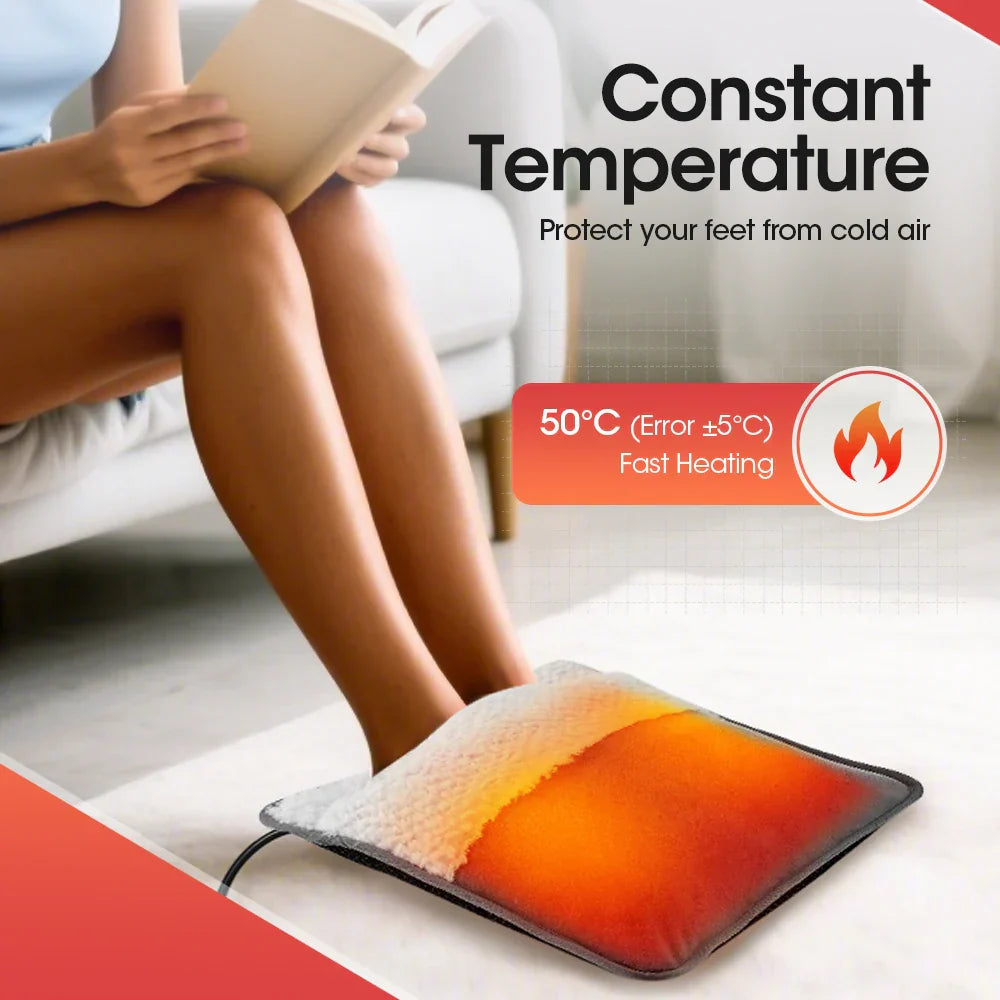Footwear is an undermined part of arthritis care, yet when your knees, ankles, or feet are sore, the right shoes could be of huge benefit. This guide is ideal in case you have ever questioned yourself, “How to choose supportive footwear for arthritis relief?”. This will guide you through the main characteristics to consider, the role of shoes in stressing joints, and the process of testing and choosing shoes that allow you to move more comfortably.
Why Supportive Footwear Matters for Arthritis
Lower limb arthritis does not only involve the joint to which you are experiencing the pain, but the overload is transferred up the chain to the knees, hips, and lower back. Special shoes have been found to cause lower loads on joints as compared to self-selected shoes. Moreover, footwear interventions in individuals with rheumatoid arthritis have lowered the pain experienced by the feet, reduced disability, and enhanced walking ability. The decision of supportive footwear is not only a comfort matter, but it is also a matter of preventing the danger of harmful joints and enhancing mobility in the long term.
Read more: Thumb Arthritis Test
What to Look for: Key Features in Supportive Shoes
1. Stable, Firm Structure with Proper Flex Point
The correct flex point of a shoe should not be at the middle of the foot, but at the toes of the foot. The sole should be rigid in the mid-position to support the arch.
2. Ample Cushioning & Shock Absorption
Cushioning assists in shock-absorbing forces that may cause the transmission of impact through joints. Cushioned soles are supportive and enhance balance.
3. Roomy Toe Box & Depth
Arthritic feet can swell, deform, or form bunions. Large, deep toe box allows your toes to lift naturally, and it does not create any pressure.
4. Adjustable Fit
Find shoes that can be adjusted to include laces, Velcro, elastic panels, removable insoles, and so on, to be able to add an orthotic. Adjustable straps aid in changing the shape of the foot on a day-to-day basis.
5. Moderate Heel & Rocker or Stability Soles
Do not use extremely high heels that shift the load ahead. Small-heeled shoes (1/2 to 1 inch) or rocker sole shoes can assist in flattening the gait and minimize the demands on joint motions.
Check out our collection of Arthritis tools here!
How to Choose the Right Pair
-
Go shopping when your feet are a bit puffy, to get an accurate fit.
-
Test shoes with any inserts or orthotics that you typically wear.
-
Check the bend: compress along the midfoot. When it goes easily, it is not supportive.
-
Walk on various floors: carpet, tile, and hard flooring. Indicate whether your joints are stable or move pain.
-
Check heel fit: your heel must not slip. Inadequate heel fit creates additional stress.
Final Thoughts
Footwear is very important in treating the pains of arthritis in your lower extremities. By knowing how to choose supportive footwear for arthritis relief, you will be capable of reducing the amount of stress on the joints, relieving the pain and maintaining your activity. Demand stability, cushioning, large toe box, customization and correct sole construction. Shop smart and do your research; the right shoes can simplify your day.



























